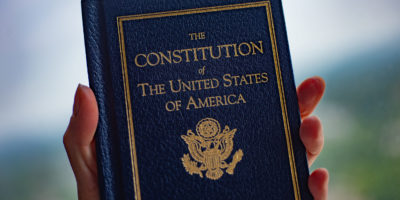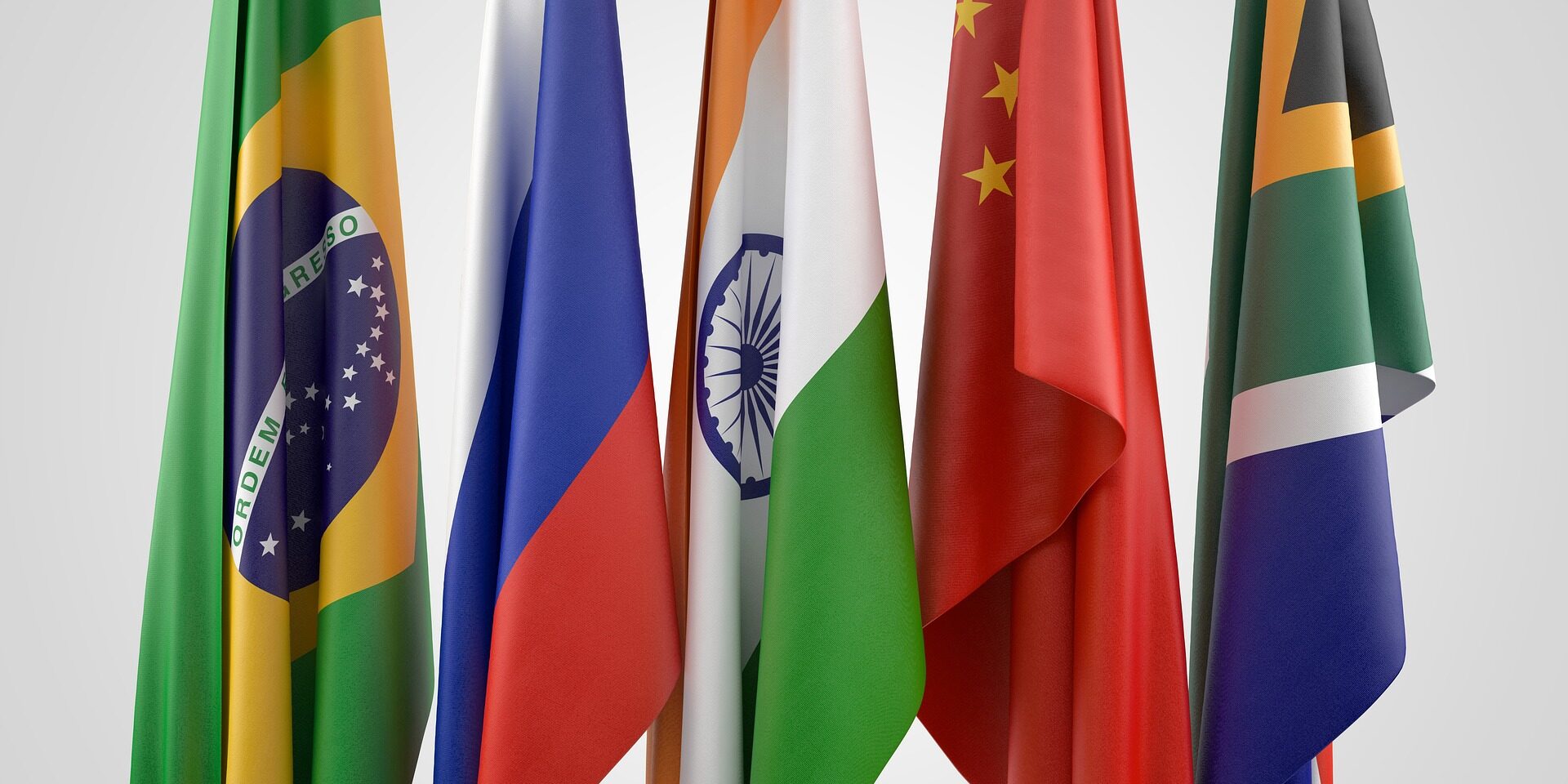by Henoch Gabriel Mandelbaum
In 2018, Chinese Foreign Minister Wang Yi dismissed the idea of the Quadrilateral Security Dialogue (Quad), formed by the United States, Japan, India, and Australia, asserting that it would “dissipate like sea foam.” The Quad, created to facilitate the convergence of the four countries in terms of policies toward the Indo-Pacific, not only proved to be resilient over time but also intensified its activities in the region under both former U.S. President Donald Trump (2017-2021) and current President Joe Biden. During this period, the consultation between the group members went from being a biannual foreign ministerial dialogue to head of government-level consultations.
Analysts introduced the term Quad Plus in 2020 to describe a minilateral dialogue of states that extends the Quad beyond the four lynchpin democracies. However, while the term “Quad Plus” is not officially endorsed by Washington, Canberra, New Delhi, and Tokyo, it has become shorthand for non-Quad members that are closely cooperating with the group. That list includes other important U.S. partners such as Brazil, South Korea, Vietnam, Israel, New Zealand, and France. The idea originated during the uncertainty and global tensions at the time of the outbreak of the COVID-19 pandemic.
The first concretization of the Quad Plus framework took place on March 20, 2020, when then-U.S. Deputy Secretary of State Stephen Biegun proposed a Quad meeting including Vietnam, New Zealand, and South Korea, which aimed to enable an exchange of assessments of the national pandemic situation of participant nations and align their responses to contain its spread. Later, a foreign ministers-level meeting in May 2020 with the participation of Israel, South Korea, and Brazil consolidated the Quad Plus with a global outlook. The extended initiative also materialized for the first time in the security realm in April 2021, when France led the La Pérouse Naval Exercise in the Bay of Bengal.
The unstated motivation of the Quad is the shared concern among the four original members about the rise of China’s international political and economic clout and the desire to check Beijing’s increasing military activities in the South and East China Seas. At the time, Brazil seemed to share such wariness in relation to Beijing since it was under the Jair Bolsonaro administration (2019-2022). The far-right former Brazilian Army captain aligned the country’s foreign policy to Washington’s interests. Bolsonaro also embraced fierce anti-Chinese rhetoric due to his distaste for Communism and China’s growing investments in sensitive Brazilian sectors like agriculture, meatpacking, and mining. Bolsonaro insinuated that China had engineered the COVID-19 virus and purposefully spread it worldwide to benefit from the pandemic economically.
Despite contentious relations with the East Asian power, Brasília failed to concretize a rapprochement with the Quad. It happened for three main reasons. First, Brazil is clueless about the Indo-Pacific. It lacks a full-fledged long-term strategy toward the region and has failed to include the very term “Indo-Pacific” in its official vocabulary. Brazil’s geographical position, facing the South Atlantic Ocean, and its limited capacities of naval power projection beyond marginal seas make it unlikely that Brasília will be able to ensure the freedom of navigation in a region half a world away. For example, among the last seven IBSAMAR Naval Exercises, carried out with India and South Africa, Brazil deployed an offshore patrol vessel to Goa only once.
Second, Brazil’s participation in the Quad seems to enjoy low popular support. In a 2014 survey, only 15.7 percent of the public said that Asia should be a priority in the country’s foreign policy, while just 22.2 percent of Brazilians perceived China as a threat. During the COVID-19 pandemic, Brazil’s subnational governments – states and municipalities – reinforced cooperation with China to guarantee access to vaccines and medical supplies, boosting China’s soft power in the country.
And third, China is Brazil’s largest trading partner, and the South American nation enjoys a surplus in its $150 billion trade with the country. Besides, the powerful Brazilian agribusiness lobby regularly pressed the government to avoid displeasing Beijing.
Since the inauguration of the leftist candidate Luiz Inácio Lula da Silva in January 2023, Brazilian foreign policy has reverted to a version of its former self during Lula’s previous presidential stints between 2003 and 2011. Under Lula, the so-called “South-South cooperation” is the lodestar of Brazilian foreign policy, based on the idea that the diversification of trade partners and alliances with developing states are useful to reduce the asymmetries vis-à-vis the United States and the European Union while becoming part of an anti-hegemonic force that pushes toward a multipolar international order.
For this reason, Lula has emphasized Brazil’s relations with the other BRICS countries (Russia, India, China, and South Africa) and even stated that the BRICS has provided developing countries “opportunities that they haven’t had in the past 500 years,” and that it symbolizes the “rebalance” of the international system. The fact that Lula’s political protegée, former Brazilian President Dilma Rousseff (2011-2016), has been elected to head the BRICS’s New Development Bank (NDB) and Brazil’s term holding the rotating presidency of BRICS in 2025 will only deepen his administration’s commitment to strive for a position of prominence among the emerging economies while condemning the lending practices of the Bretton Woods institutions, which are seen as hierarchical, abusive, and discriminatory against developing countries.
Lula is especially eager to use Brazil-China relations to differentiate his foreign policy from the one conducted by Bolsonaro, his greatest opponent in the current Brazilian political landscape. In late March 2023, Brazil and China reached a deal to bypass the U.S. dollar as an intermediary in their trade transactions and instead use the real and the renminbi. This move allows direct trading between the two countries and aims to reduce costs by eliminating the need for a common currency. During Lula’s four-day visit to Beijing in April 2023, the countries signed 15 agreements, which include cooperation in areas like trade, industrial investment, social and rural development, and the creation of a cutting-edge environmental satellite known as CBERS-6, which will cost over $100 million and is posed to be launched in 2028.
Back home, the media and the national elites have started to actively discuss the benefits that Brazil will reap if it joins the Belt and Road Initiative (BRI) since it is China’s most important partner in the Americas – besides the United States – that has not done so. The Brazilian business community is keenly interested in the BRI since it might bring badly-needed investments in the country’s underperforming logistical and technological infrastructure.
Lula sent an implicit message to the United States by declaring that “no one will prohibit the enhancement of the relations between Brazil and China,” signaling that the South American nation does not want to be involved in the soaring Washington-Beijing global rivalry. Thus, the Brazilian president has effectively ended any possibility of us witnessing Brazil in a Western-leaning anti-China arrangement like the Quad Plus in the near future, dissipating this prospect like sea foam.
via The Dipomat











